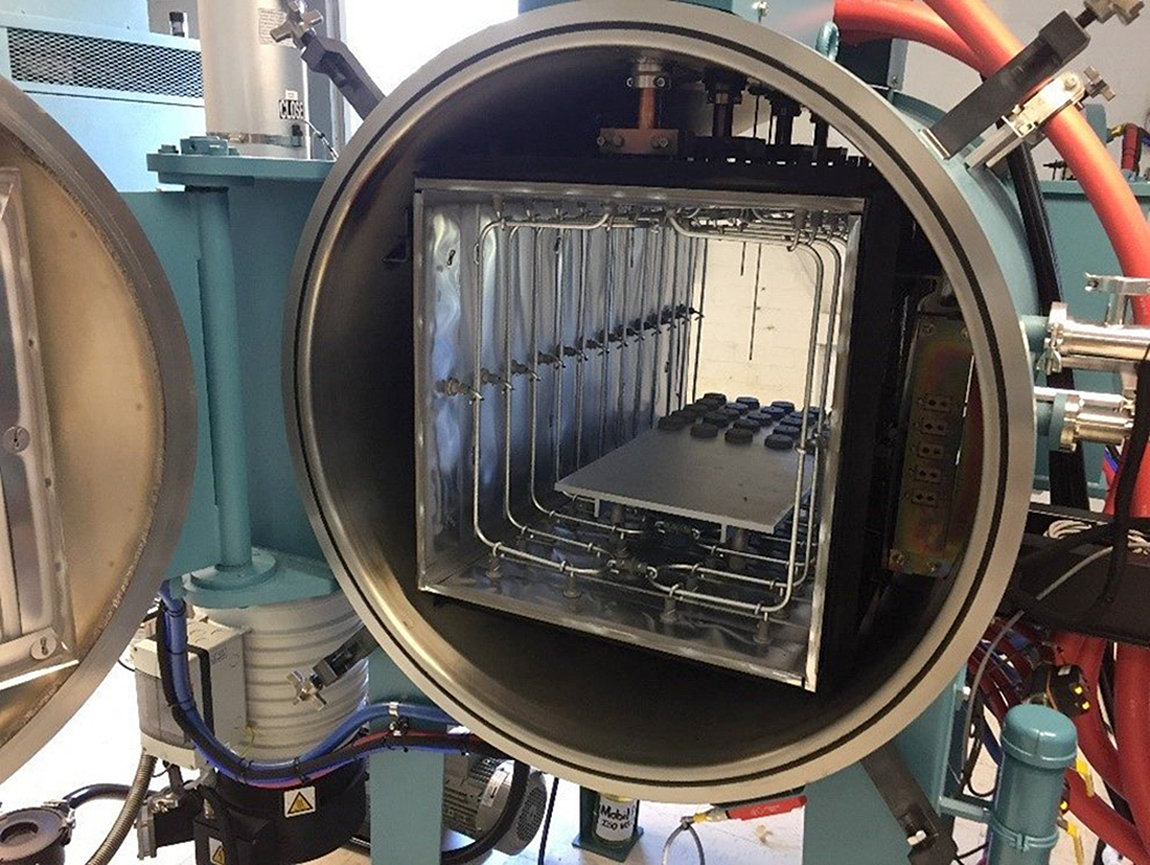
Often, a customer visit involves a walk through the facility. Comments are made about how clean it is or how well organized a process is put together, but probably the most important compliment is the heat-treat operator’s ability to express the knowledge of the process. To hear — in between the technical jargon — the support needed and given by the rest of the team at the facility displaying the confidence in the actions of what, how, and why they perform their job.
Similar to a sports team, the heat-treat team is comprised of different functions and roles that must all work together and support one another in achieving the goal of heat treating successfully to customer requirements. Fans file in to see the sports game and cheer and support the players on the field. They comment on how nice the stadium is or how well organized the processes of finding their seat and bathroom are. But what the fans really cheer for is the success of the players on the field.
In sports, it is the players on the field who ultimately make the plays that win the game, but the support on the sideline leading up to the game, during the game, and even after the game is what is crucial in making the program and team an overall success. Similarly, the heat-treat operator is on the playing field to properly run the cycle and meet the customer’s requirements with the support of maintenance, human resources, engineering, management, and quality.
Pre-game (prior to shift)
A typical Monday for vacuum furnace heat treating often begins with performing the leak rate test, a check that determines the integrity of the seals and the chamber for no possible air contamination during a cycle. The operator then begins to make sure the furnace is in working order by performing the daily checklist, a combination of basic maintenance items such as ohm resistance checks on the elements, replacement of possible hot zone parts, and an overall walk around of the furnace inspecting for leaks and other items that might stand out. When needed, the operator gets support from the maintenance team with a simple QR code work order entry to minimize the downtime.
Once the furnace is in working order, the operator makes sure the stickers are up to date, that all pyrometry requirements from the TUS (temperature uniformity survey), CAL (instrument calibration), and SAT (system accuracy test) are all up to date. If not, a simple request via email notifies the heat-treat engineer and quality personnel of the furnace calibration.
In sports, athletes need various forms of training. Maybe it’s mental training for confidence in the game or physical training to be stronger and faster. The heat-treat operator also needs training, mental training for audit preparation and physical training on how to operate any forklift equipment or how to properly run the heat-treat furnace.
In building the team, human resource personnel search the industry’s network for top talent. Once on board, training programs such as ARP1962 Training and Approval of Heat Treating Personnel are recommended and suggest both classroom and practical training. Exams are administered to check competency but also simulate questions that might be asked during an audit. Preparation is key to winning the championship game, and so is the preparation and training that makes an audit successful.

During the game (during shift)
The stage is set; It’s game time. Lights come on in the furnace area and the furnace power turns on, ready to go. Parts are ready to be heat treated. The operator has a beginning-of-shift huddle for the play actions for the day with the manager instructing the goals ahead for the shift. How many parts are there to heat treat? How many cycles need to be run? Once they are on the clock, the operator gets to work setting up various loads and running multiple furnaces simultaneously.
Like juggling multiple different plays that could be run, the operator must juggle the priorities of the day. A furnace may be running smoothly and then suddenly lose power. Last minute jobs that have become greater priority must be shuffled into the schedule. Even continual quality check-ins throughout the shift are important. For example, replacement of thermocouple wire lots dictates a possible alternate SAT requirement, or dew point verification testing may also be required. The original play call may need to be changed.
Post game (end of cycle/shift)
Once the clock hits the end of the shift, the game for that day is done. The reports get generated for the production and quality personnel of the day’s work and are reviewed by the management “upstairs.” Deeming the work adequate and conforming, human resources rewards the operator with a paycheck or sometimes even special awards for service to the company that is above and beyond what is required.
Process engineers then come in and analyze the plays and try to optimize for the next day. Opportunities lost in scrap or wasted time can be improved upon to help the operator be more successful. Maybe new techniques or more training is required. To keep the company successful, upper management measures the success based on AS9100 requirements of defining company goals and key process indicators (KPIs). A win at the end of the business day is determined by whether the entire team is trending toward the goal.
The Monday quarterback
Business and production are a never-ending cycle as each day is a game day. Sports teams have their dynasties where special players with great talent bring victory with triumph over defeats. In a company’s culture and organization, it is important to remember that each of the team members — the heat-treat operators, the personnel on the floor working with the process, and those in upper management — is equally important. Think of the professional sport programs that fire the head coach before the players!
Each day, the goal is to improve upon the operator’s success whether you are in maintenance, process engineering, quality, or management. The game to be won is not a short-term goal in just KPIs reviewed quarterly, but rather the lifetime of the company. The culture of success requires continual maintenance before, during, and after the heat-treat shift. Continual effort must always be made to improve the operator’s ability to successfully heat treat.






















